



With 2023 being the hottest year on record yet and India grappling with extreme weather conditions for a staggering 235 out of 273 days from January to September 2023, the significance of the India Meteorological Department (IMD) has reached new heights. It’s instrumental in monitoring and predicting climate and weather changes, protecting lives and property, and analysing the ever-evolving landscape of weather patterns.
But even before this era of climate uncertainty commenced, the IMD, with its foundation dating back to 1875, has been a steadfast force, evolving through various phases of progress. Delve into its remarkable journey and its pivotal role in shaping India’s weather-ready future.
 India Post stamp issued in the centenary year of IMD - 1975.1875: Birth of IMD
India Post stamp issued in the centenary year of IMD - 1975.1875: Birth of IMD● IMD established with British meteorologist and palaeontologist H.F. Blanford as Meteorological Reporter.
1875-1890: Nascency● In 1877, India initiated measuring of seismological activity with the establishment of the first observatory in Alipore, Kolkata.
● IMD joined the World Meteorological Organization to enhance global weather and climate monitoring, emphasising international collaboration.
● By 1886, the port warning system, initially implemented at Kolkata Port in 1865, was expanded to cover all Indian ports, bolstering maritime safety.
● In 1890, IMD assumed the role of Rainfall Registration Authority, standardising rain measurement through the adoption of a common rain gauge type, endorsed by a Government of India resolution.
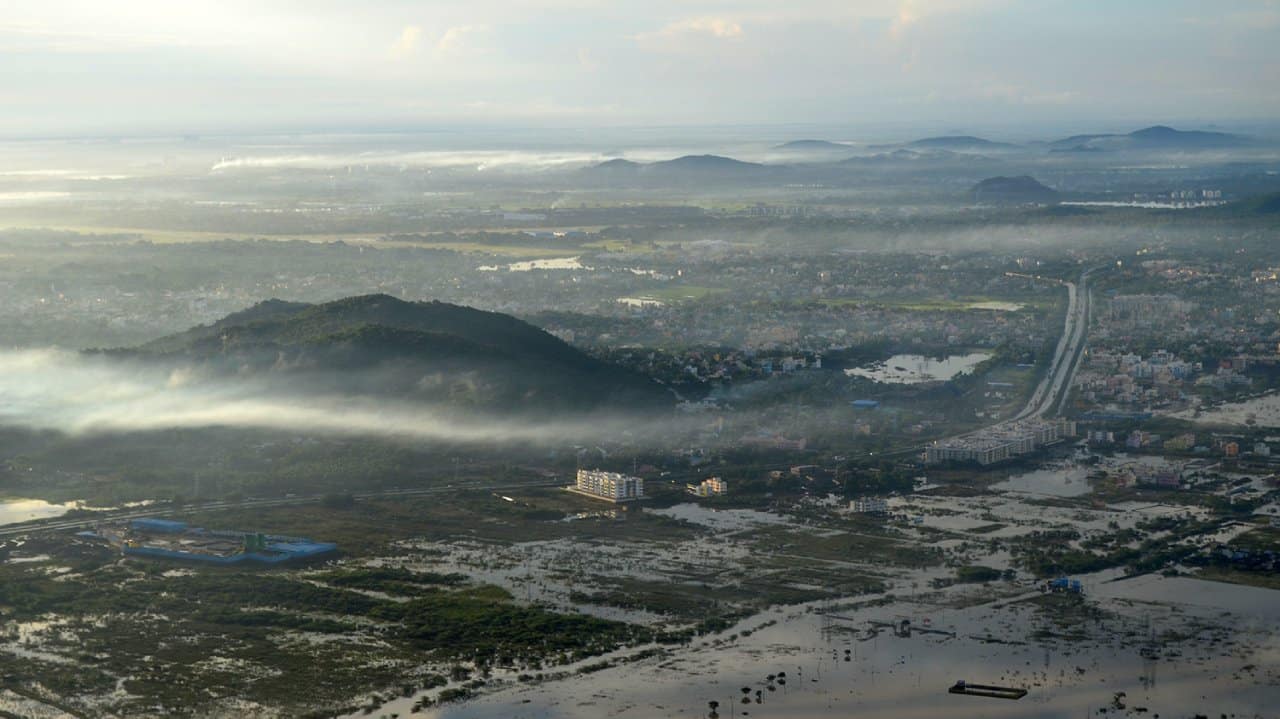 IMD pushed adoption of a common rain gauge type across the country, and assumed the role of Rainfall Registration Authority in 1890. (Photo credit Veethika via Wikimedia Commons)1891-1946: Before Independence
IMD pushed adoption of a common rain gauge type across the country, and assumed the role of Rainfall Registration Authority in 1890. (Photo credit Veethika via Wikimedia Commons)1891-1946: Before Independence● 1877 marked the inaugural chart preparation.
● The year 1878 witnessed the release of the first daily weather report, laying the foundation for regular weather updates.
● A significant leap occurred in 1905, when upper atmosphere observations commenced with a Pilot Balloon release in Shimla.
● In 1912, radio communication adoption for ship data collection and warnings began at coastal radio stations in Karachi and Mumbai.
● In 1920, the establishment of the Surface Instruments Division marked a milestone for instrument maintenance in meteorology.
● In 1921, the inaugural aviation forecast was issued from Shimla.
● By 1930, RS/RW observations began providing comprehensive three-dimensional weather information.
● In 1932, the inception of a separate Agriculture Meteorology Division occurred, focusing on meteorological applications in agriculture.
● In 1936, dissemination of weather bulletins via All India Radio commenced, enhancing public access to meteorological information.
● In this period, IMD Headquarters shifted from Kolkata to Shimla in 1905, to Pune in 1928, and to Delhi in 1944. Regional Meteorological Centres established at New Delhi, Bombay, Madras, Nagpur, Kolkata, Karachi, and Lahore.
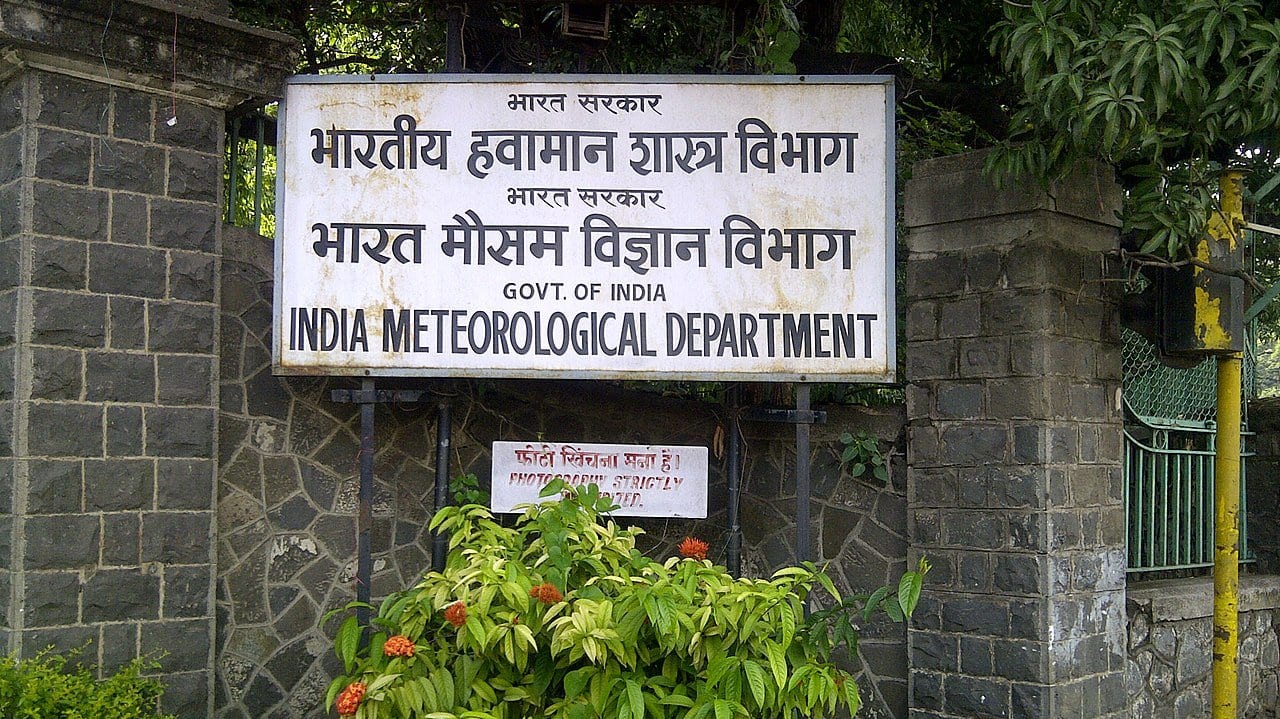 IMD Headquarters shifted from Kolkata to Shimla in 1905, to Pune in 1928, and to Delhi in 1944. (Photo by Universalashic via Wikimedia Commons 3.0)1947-1959: Radar Age & Flood Met. Services
IMD Headquarters shifted from Kolkata to Shimla in 1905, to Pune in 1928, and to Delhi in 1944. (Photo by Universalashic via Wikimedia Commons 3.0)1947-1959: Radar Age & Flood Met. Services● In 1949, the inception of the Damodar Valley Corporation Meteorological Unit focused on meteorological aspects for dam safety measures.
● In 1954, the integration of radars into meteorological practices marked a significant advancement, aiding both aviation and storm tracking.
● In the same year, Dum Dum saw the establishment of the first wind-finding radar, while an indigenous radar emerged at Safdarjung Delhi in 1958, repurposing remnants from World War II.
● The year 1955 witnessed the establishment of the Positional Astronomy Centre in Kolkata, a key institution publishing the Panchang.
● In 1957, IMD began focusing on environmental meteorology by establishing its first ozone measurement facility.
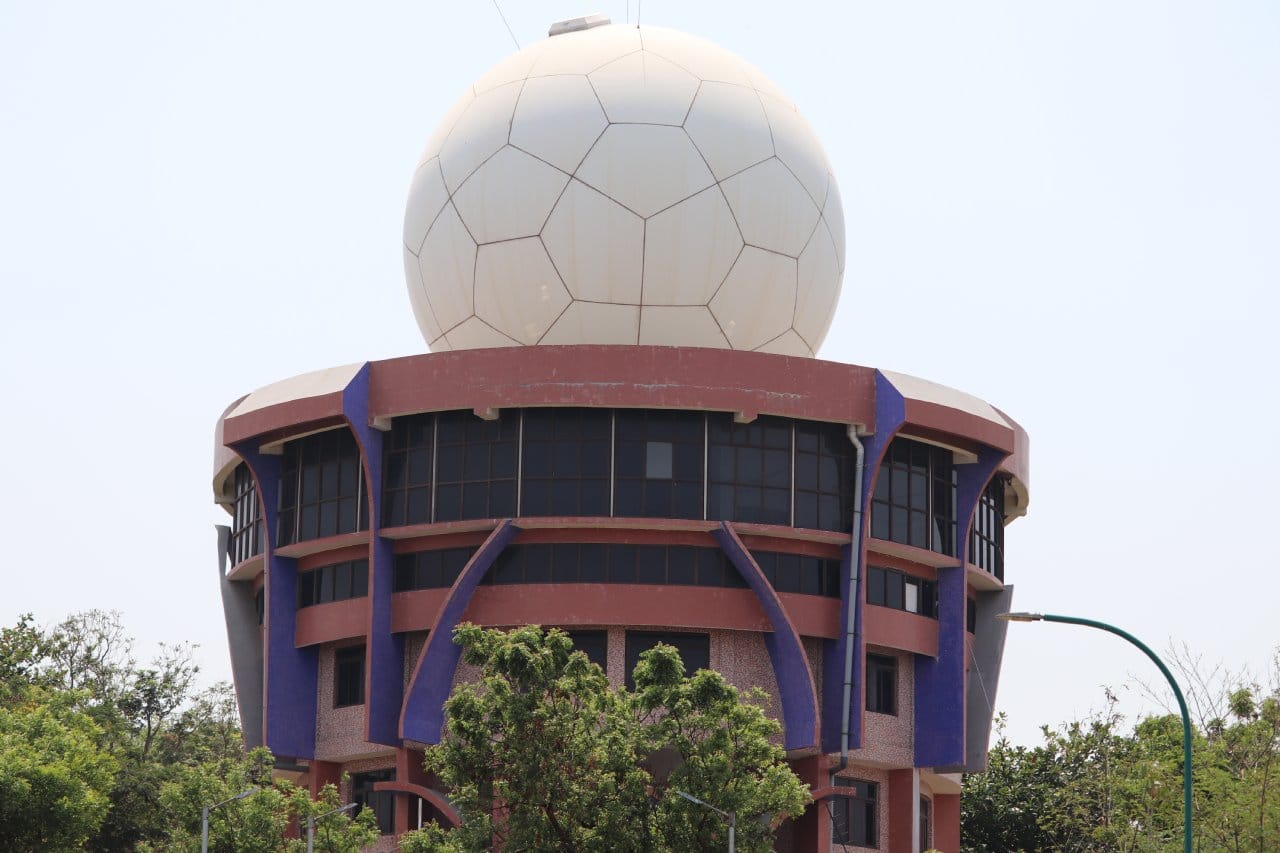 Doppler Weather Radar in Visakhapatnam to monitor cyclones and monsoon in the Bay of Bengal. (Photo credit: Mahesh Idupulapati via Wikimedia Commons)1960-1970: Global Satellite Era
Doppler Weather Radar in Visakhapatnam to monitor cyclones and monsoon in the Bay of Bengal. (Photo credit: Mahesh Idupulapati via Wikimedia Commons)1960-1970: Global Satellite Era● In 1960, TIROS-1 was launched by the US. India began to receive satellite images from it.
● In 1966, the first runway visual range was established to measure visibility along the runway.
● 1967 saw the commencement of the study on drought climatology over India.
● By 1970, the first Cyclone Detection Radar (CDR) was set up in Visakhapatnam.
Also read: Anna Mani gets a Google Doodle tribute. 10 facts about the 'Weather woman of India'1971-1983: Global Monitoring and Better Forecasting● In 1971, a Cyclone Disaster Mitigation Committee was formed after cyclones claimed thousands of lives in India. It recommended the establishment of Cyclone Warning Centres.
● By 1974, 11 CDRs were established covering the entire east and west coasts. No landfalling cyclone for India has gone undetected ever since.
● The same year witnessed the inauguration of Delhi’s first indigenous X-band radar.
● In 1982, the INSAT series of satellites commenced and cyclone monitoring by Indian satellites began in 1983.
 Under Anna Mani (1918-2001), more than 100 weather instruments were simplified and standardised for production in India. (Image credit: World Meteorological Organisation)1984-1990: Indian Satellite Era
Under Anna Mani (1918-2001), more than 100 weather instruments were simplified and standardised for production in India. (Image credit: World Meteorological Organisation)1984-1990: Indian Satellite Era● 1984 marked a pivotal shift with the inception of routine satellite image reception from Indian satellites.
● Between 1984 and 1986, a significant phase unfolded as derived products, encompassing wind, precipitation, and sea surface temperature, were introduced from satellites, broadening the scope of meteorological data analysis.
● In 1985, the IMD came under the Ministry of Science and Technology.
● In 1988, the establishment of the National Centre for Medium-Range Weather Forecasting (NCMRWF) reinforced the country’s capabilities in weather prediction.
● In the same year, the establishment of the Cyclone Warning Centre in Ahmedabad fortified disaster preparedness by delivering crucial warnings to Gujarat, Daman, and Diu. The total number of Area Cyclone Warning Centres (ACWCs) and Cyclone Warning Centres (CWCs) increased to six, extending cyclone warnings across the entire east and west coasts of India.
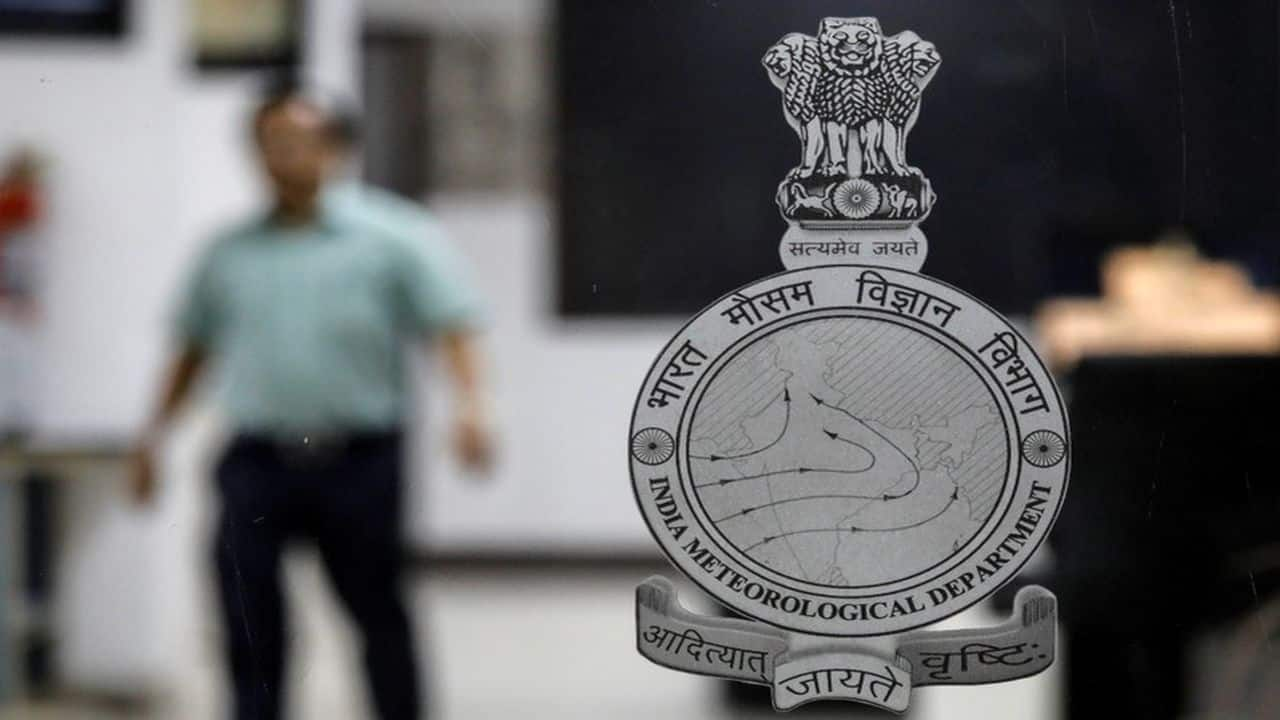 IMD came under the science ministry in 1985, and witnessed integration into the earth sciences ministry in 2006. (Photo courtesy IMD)1991-2005: Automatic Observations
IMD came under the science ministry in 1985, and witnessed integration into the earth sciences ministry in 2006. (Photo courtesy IMD)1991-2005: Automatic Observations● In 1996, the Hydrology Project, initiated by the Government of India in collaboration with IMD and the Ministry of Water Resources, marked a crucial step towards enhanced rainfall monitoring and improved flood/drought management.
● The year 1998 witnessed the introduction of Mountain Weather Services for the Himalayan region.
● 2002 saw a significant leap with the launch of the first dedicated meteorological satellite, Kalpana.
● In 2002, a transformative phase unfolded with the introduction of new tools and technology, including the first Doppler Weather Radar in Chennai. This initiative was prompted by the challenges faced during the Odisha Super Cyclone in 1999.
● In 2004, a practice began of naming cyclones over the North Indian Ocean, starting with the first named cyclone, ONIL, in September over the Arabian Sea.
● By 2005, a network of 127 Automated Weather Stations (AWS) was established, bolstering real-time meteorological data collection across various locations.
 The practice of naming cyclones over the North Indian Ocean began in 2004. (File)2006-2013: Modernisation of IMD
The practice of naming cyclones over the North Indian Ocean began in 2004. (File)2006-2013: Modernisation of IMD● 2006 witnessed the integration of IMD into the Ministry of Earth Sciences, aligning efforts for comprehensive Earth-related research and management.
● From 2007 to 2012, a robust modernisation programme was implemented, catapulting meteorological services into the digital era.
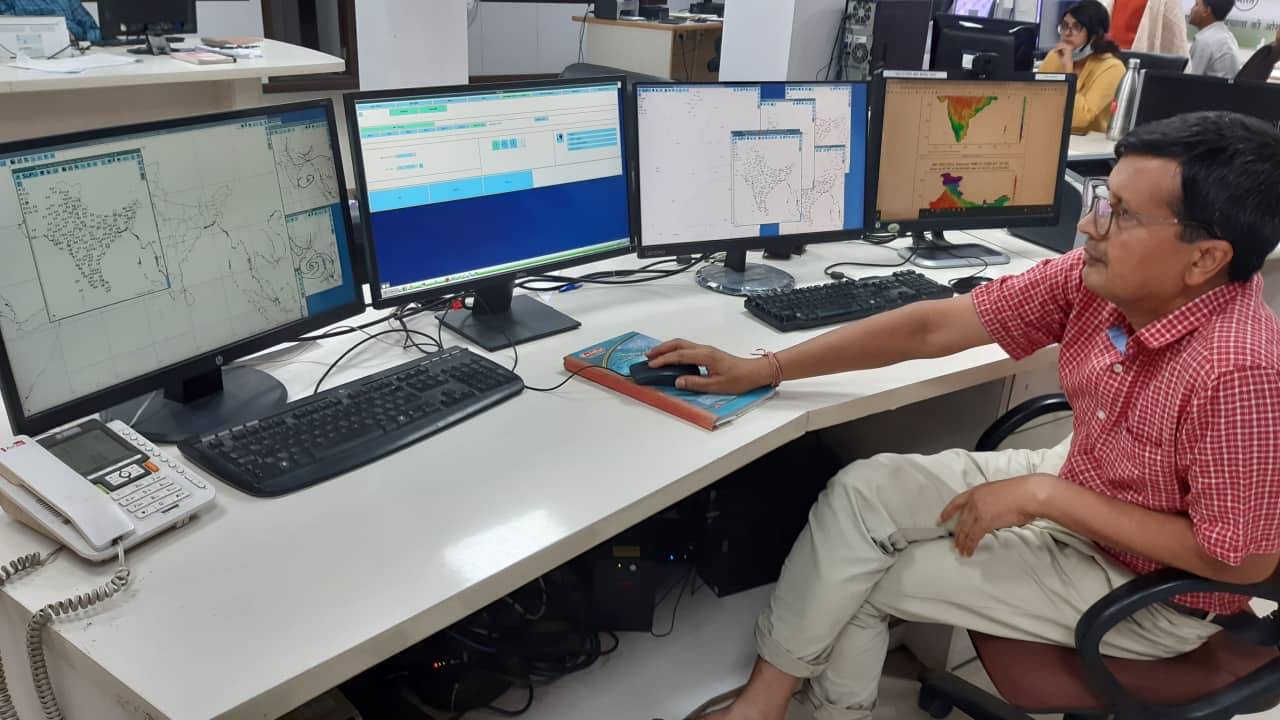 IMD scientist RK Jenamani. From 2007 to 2012, a robust modernisation programme was implemented, catapulting meteorological services into the digital era. (File photo courtesy IMD)2014-2023: Paradigm Shift
IMD scientist RK Jenamani. From 2007 to 2012, a robust modernisation programme was implemented, catapulting meteorological services into the digital era. (File photo courtesy IMD)2014-2023: Paradigm Shift● As of 2023, IMD effectively operates a network of 39 Doppler Weather Radars nationwide.
● Cloud imagery is seamlessly provided every 15 minutes by dedicated weather satellites INSAT 3D/3DR.
● The weather observation infrastructure comprises 200 Agro-Automated Weather Stations, 806 Automatic Weather Stations, 1,382 Automatic Rain Gauges, 83 lightning sensors, and 63 Pilot Balloon Upper Air Observation Stations.
● IMD’s services encompass nowcasts for around 1,200 stations, city forecasts for approximately 1,200 stations, apart from district-level forecasts, and sectoral forecast and warning services nationwide.
● Cyclone forecast and warning services have been extended to 13 North Indian Ocean countries and SAARC nations.
● Additionally, air quality forecasts have been introduced alongside monitoring efforts.
● IMD also provides aviation services to more than 100 airports with instrumental observations and forecasts.
● A notable enhancement in 2023 is the extension of lead periods for river catchment forecast and cyclogenesis forecast to 7 days.
● The forecast accuracy for severe weather events has also surged by approximately 50 percent in 2023 compared to 2014.
● The 24 hours forecast accuracy now stands at approximately 80 percent for heavy rainfall, 86 percent for thunderstorms, and 88 percent for heatwaves and cold waves.
Source: IMD
Discover the latest Business News, Sensex, and Nifty updates. Obtain Personal Finance insights, tax queries, and expert opinions on Moneycontrol or download the Moneycontrol App to stay updated!
Find the best of Al News in one place, specially curated for you every weekend.
Stay on top of the latest tech trends and biggest startup news.